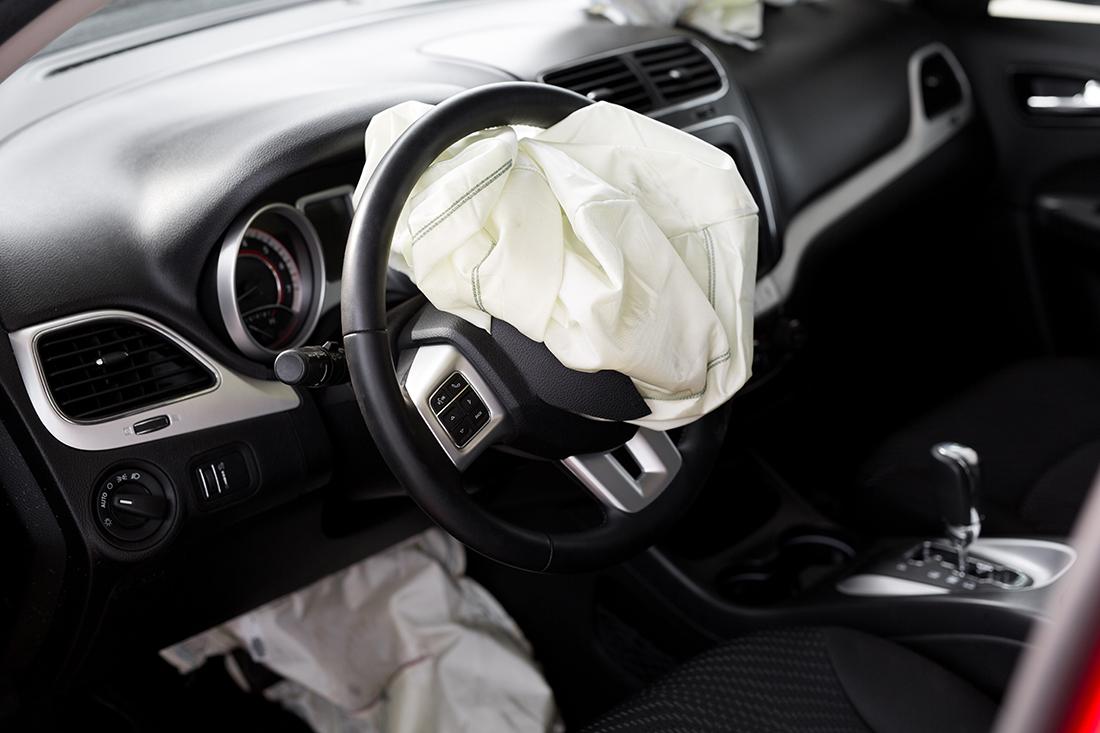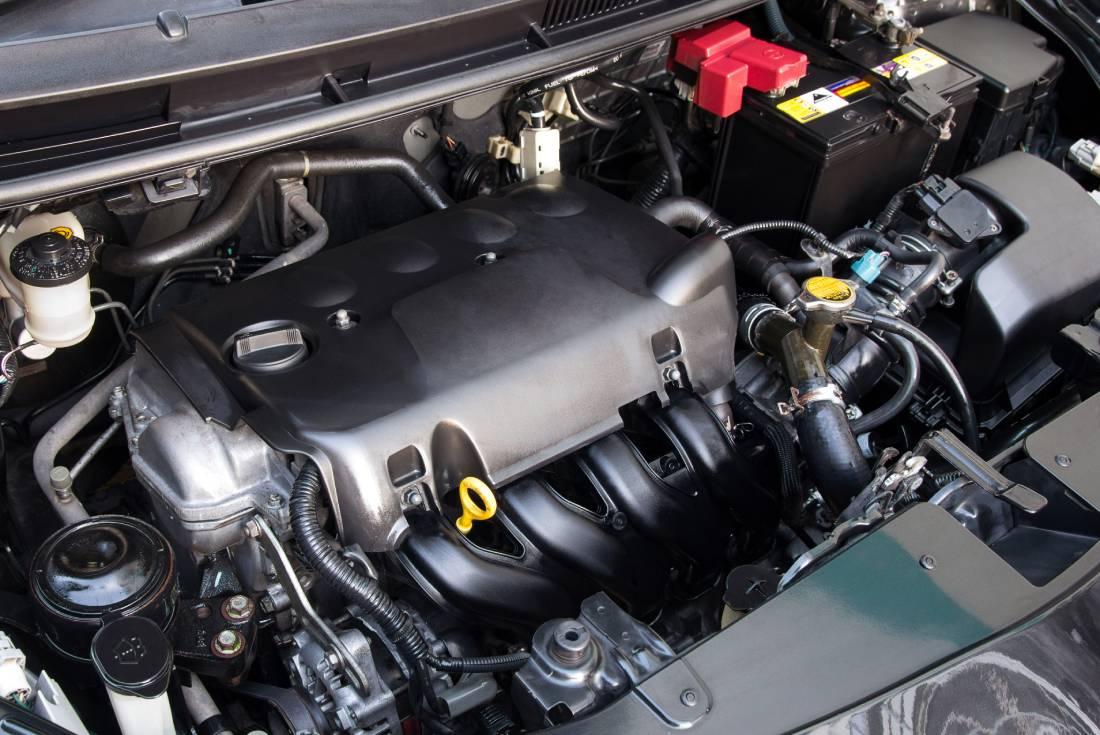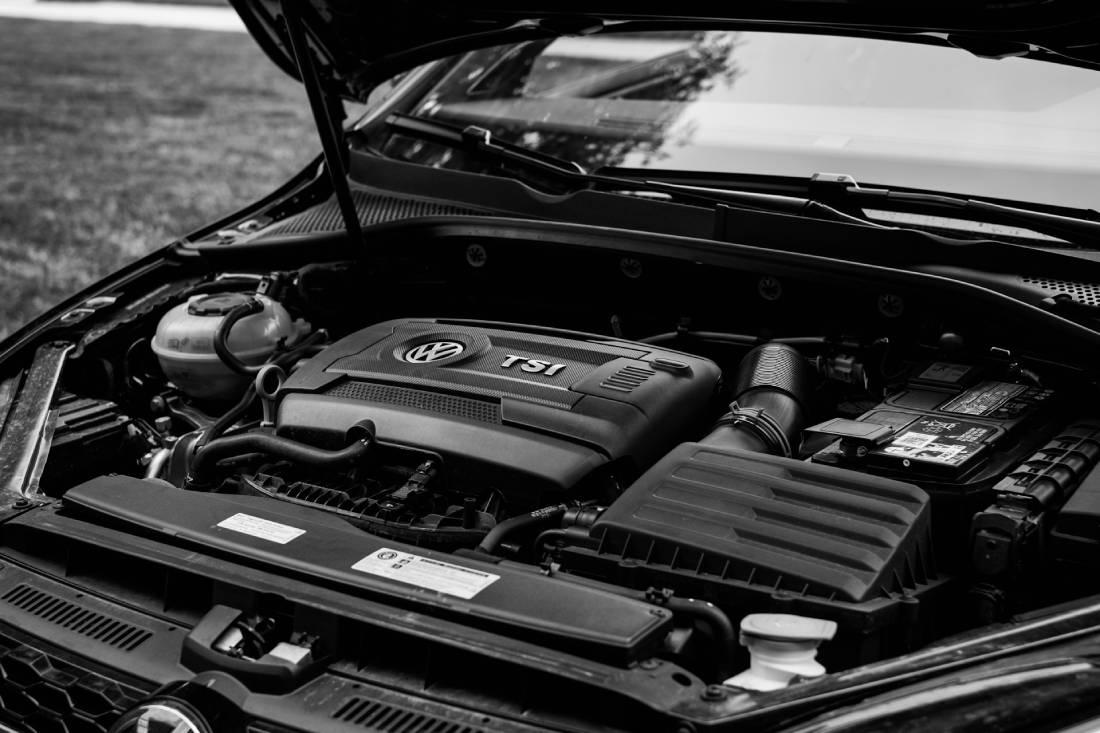
Explosions are among the unwanted and frightening situations as they remind us of attacks or wars. However, some explosions have the potential to save human lives. For example, an explosion that occurs in the front panel after an accident can activate airbags, remarkably saving lives. Unfortunately, traffic accidents are sometimes inevitable. Especially in cases where accidents develop beyond our control, we may not be able to prevent them entirely. However, we can take measures to avoid serious consequences. In this article, you can find important details about airbags, which are lifesaving along with seat belts, and the answer to the question of how airbags work.
What Is an Airbag?
Airbag is a system used as a safety measure in vehicles. Its main purpose is to protect the driver and passengers' bodies against impacts in the event of an accident. The airbag system rapidly inflates in response to a sudden collision or impact detected by the sensors inside the vehicle, absorbing the force of the impact. In this way, it reduces the likelihood of injuries to the driver and passengers.
The first airbag designs emerged in the 1950s. However, these early models cannot be said to be as successful as today’s airbag technology. The widespread use and development of airbags occurred in the 1970s. Nowadays, airbags are a standard safety feature in almost all vehicles.
Airbags are extremely important in preventing serious injuries in the event of an accident. However, it would be wrong to think that airbags are entirely protective against injuries. The airbag explosion and the resulting gas pressure, along with the inflation of the airbag, can, in certain situations, cause small cuts, bruises, or mild burns. Therefore, for airbags to work effectively, it is always important to use seat belts and adhere to driving rules.
What Does an Airbag Do?
Car airbags are a safety system frequently used in modern automobiles. This system helps reduce injuries to the driver and passengers in vehicle accidents. Airbags are activated during sudden stops or collisions, reducing the force acting on the body and helping to prevent injuries. The function of an airbag is to stop the body of the driver or passenger during a collision.
During a collision, the sudden change in speed within the vehicle causes the driver’s or passenger’s body to move. Airbag deployment prevents this rapid movement, stopping the person from directly coming into contact with an object. In this way, the severity of injuries to the head, chest, neck, and other critical areas is reduced.
Airbags in cars are a significant advancement for automobile passengers. Particularly in cases where seatbelt usage habits are insufficient, airbags provide extra protection and significantly reduce injuries. However, airbags alone are not a sufficient safety measure. Therefore, seatbelts must always be used to increase the effectiveness of airbags.
When used alongside airbags, seatbelts further enhance the level of protection. The airbag system is usually positioned at several points, such as the vehicle's steering wheel, the dashboard on the passenger side, and sometimes as side airbags. Airbags in different positions are strategically placed to provide protection against impacts from various angles. This increases in-vehicle safety and makes it possible to minimize the consequences of traffic accidents.
How Does an Airbag Work?
The car airbag system, which rapidly inflates to provide protection by detecting a sudden impact or stop during an accident, consists of several key components. These include sensors, control units, airbags, and gas generators that inflate the airbags. The system monitors various parameters such as vehicle speed, acceleration, braking force, and other factors through sensors based on advanced algorithms. The sensors detect the severity of the impact during an accident. This information is sent to the control unit, which initiates a quick response. The control unit determines the type of airbag to deploy and the timing of the inflation. Then, the gas generator activates, igniting a small explosive that rapidly releases a gas, such as nitrogen or argon. This gas is stored in a casing within the airbag. The explosion causes the gas to expand, inflating the airbag, which then moves rapidly toward the passenger.
Once the airbag is filled with gas, it is designed to absorb and distribute the energy from the impact. This prevents the driver or passenger's body from undergoing a sudden stopping motion, reducing the force of the impact significantly. Airbag deployment can help prevent serious injuries by protecting high-risk areas such as the head, chest, neck, and abdomen.

Why Does the Airbag Light Turn On?
The airbag light is a warning indicator frequently seen in modern automobiles. It is designed to draw the driver’s attention and indicate a potential issue with the vehicle. The airbag system, an important component for enhancing in-vehicle safety, may cause the airbag light to turn on due to a problem or error in the vehicle's electronic systems. The following are some factors that could explain airbag failure and answer the question why does the airbag light turn on:
- Control Unit (ACU) Issues: The ACU, which manages the airbag systems, detects malfunctions and causes the airbag warning light to turn on. Errors in the ACU itself or the sensors connected to it can result in the airbag light being activated.
- Wiring Connection Problems: The airbag system communicates with sensors located under the seats and in areas such as the steering wheel. If the cables between these sensors are disconnected, loose, or damaged, the airbag light may turn on.
- Sensor Failures: Airbag systems use various sensors to detect collisions. For example, a sensor detecting a sudden loss of speed during a collision triggers the airbags. A fault or malfunction in these sensors can cause the airbag warning light to turn on in the vehicle.
- Faulty Airbag Module: The airbag module is a crucial component that ensures the sudden inflation of airbags. Any problem or error in the module itself can lead to the airbag light being activated.
Determining the underlying cause of the airbag light turning on often requires expertise. Therefore, if the airbag light turns on, it is important to consult an authorized service center to resolve the issue and perform the airbag light reset. Expert technicians analyze the vehicle's electronic system and error codes to perform the necessary repairs. Airbag systems are crucial for ensuring the safety of both drivers and passengers. For this reason, if the airbag warning light is on, it should not be taken lightly, and it is essential to consult an expert without delay.
How Does an Airbag Deploy?
One of the most frequently asked questions about airbags, which are designed to prevent injuries to drivers and passengers in the event of a collision, is how does an airbag deploy? Airbag deployment is carried out by a series of sensors and a control unit. Vehicles have various sensors that measure the severity and angles of the collision. These sensors are typically located at the front, sides, and sometimes at the rear of the vehicle.
During a collision, the sensors quickly collect data. They transmit this data to the control unit, which decides whether the airbags should deploy. The control unit processes the data from the sensors and, depending on the severity of the collision, issues the command to deploy the airbags. If the collision is severe and airbag deployment is necessary, the control unit activates a device that produces explosive gas. This gas rapidly inflates the nylon or polyester casing inside the airbag, causing the airbag to fully deploy within seconds.
Airbag deployment is an extremely rapid process. After the sensors detect the occurrence of a collision, the control unit commands the airbags to deploy, and the gas generator is activated. The gas inflates the casing inside the airbag, causing the airbag to burst out. The airbag expands toward the driver or passenger, absorbing the impact. This reduces the force of the impact on the head, chest, or other critical areas, preventing serious injuries.
When Do Airbags Deploy?
Airbag systems, typically controlled by a series of sensors and a control unit, can deploy in the following situations:
- Frontal Collisions: Sensors located in the front of the vehicle activate the airbags when a significant collision is detected. In such accidents, airbags protect the driver and front-seat passenger from impact-related injuries. Front airbags are often calibrated to deploy based on the severity of the collision and may work in conjunction with side airbags if necessary.
- Side Impacts: Side airbags in vehicles provide additional protection against side impacts. Side sensors activate the side airbags when they detect a collision targeting the vehicle's side. This helps protect the driver and passengers' head and chest areas. Side airbags are typically integrated into the vehicle's door panels.
- Rollover Situations: Some vehicles are equipped with rollover sensors. These sensors trigger the airbags when they detect a rollover or tilting motion of the vehicle. In rollover situations, curtain airbags are also activated to prevent the roof from collapsing. These airbags protect the head area and reduce the risk of head trauma.
The airbag system can be activated not only during a collision but also in cases of sudden stops in the vehicle. For example, airbags may deploy during sudden braking. Airbags play a vital role in protecting the driver and passengers during an accident.
However, sometimes the car airbag may not deploy. In cases of minor collisions or when the vehicle is traveling at low speeds, airbags may not activate. Airbags are designed to activate only when a certain threshold is reached, which varies depending on the speed of the vehicle, the angle of collision, and other factors.
How Is Airbag Inspection Done?
Airbag inspection is typically a detailed process carried out by an automotive expert. It is essential to perform this during vehicle inspection. The inspection is conducted using a diagnostic tool that monitors the vehicle's electronic systems and identifies any existing issues with the airbags.
Before the inspection, the vehicle is parked on a flat surface to ensure a safe working environment. The connection points are then located, and the diagnostic tool is installed. This connection point is usually located under the steering column or on the front panel. Once the diagnostic tool is connected, its software is activated. Using the software, the vehicle's electronic system is diagnosed, and the necessary tests are performed to detect any issues with the airbags.
During the inspection, the tool accesses the vehicle's computer to read error codes. After retrieving the error codes, these codes are analyzed. Each error code indicates a specific issue, so it must be correctly interpreted by experts. Since airbag inspection helps identify critical safety issues in the vehicle, it is essential to conduct these inspections periodically.
Frequently Asked Questions About Airbags
Can a car with deployed airbags be purchased?
It may not be advisable to purchase a car with deployed airbags, as it typically indicates that the vehicle has been involved in an accident or has sustained damage.
What happens when an airbag deploys?
When an airbag deploys in a vehicle, it usually means an accident or collision has occurred. During deployment, a slight burning smell and a cloud of dust may form, indicating the airbag has functioned correctly.
Where are airbag sensors located?
Airbag sensors are typically located at the front of a vehicle and, in some cases, on the sides. They are placed in strategic locations such as the front bumper, dashboard, or chassis.
How can you tell if an airbag has been deployed?
The airbag indicator on the vehicle's dashboard or control panel lights up for 2–3 seconds after the vehicle is started and then turns off. If the indicator light does not illuminate, it could mean the airbag has been deployed, and the light has been disabled.
How can you tell if an airbag has been repaired?
A repaired airbag can be identified through vehicle inspection. For this reason, it is recommended to conduct a vehicle inspection, especially when purchasing a used car.
How can you tell if an airbag is original?
The only way to verify if an airbag is original is to examine it. Original airbags have serial numbers, barcode labels, and warning signs. Additionally, they are wrapped in specialized wires.
How much does a car lose in value if the airbag has deployed?
The depreciation of a damaged car depends on the extent of the damage and the cost of repairs. Since airbag replacement is an expensive process, it can significantly reduce the vehicle's value.
Can airbags be detected during inspection?
Airbags can be detected during inspection. By conducting a vehicle inspection before purchasing, you can learn about the airbag status.
Does a car become a total loss if the airbag has deployed?
Cars with deployed airbags are often considered total losses. However, you can clarify whether any parts of the vehicle have been replaced through a vehicle inspection.





